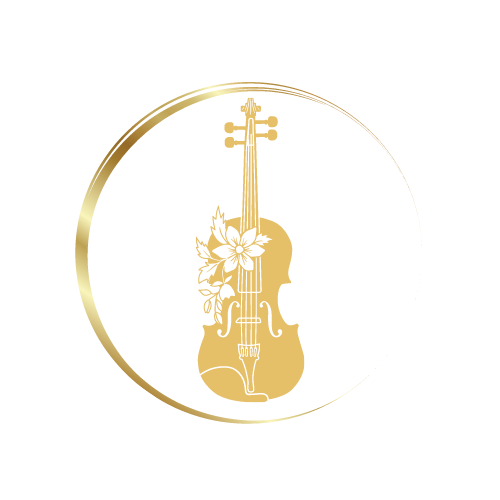Learning to play the violin can be a challenging but rewarding experience. Choosing a beginner violin could be intimidating for someone new to the violin world. As a beginner, it’s important to have the right instrument to support your progress. In this blog post, we’ll discuss some key factors to consider when choosing a violin for beginners. Size One of the most important factors to consider when choosing a violin for beginners is size. Violins come in different sizes, and it’s crucial to choose the right one to ensure comfort and proper technique. The size of the violin is determined by the length of the body, and can range from 1/16 to 4/4 (full size). To determine the right size for you, measure the length from the base of your neck to the middle of your left-hand palm when your arm is fully extended and perpendicular to your body. This measurement will help you determine the appropriate size violin for you. Quality The quality of the violin is another important factor to consider. As a beginner, you may be tempted to go for a cheaper instrument, but keep in mind that poor quality violins can hinder your progress and make learning more difficult. Look for a violin made from high-quality materials that will produce a clear and resonant sound. Budget Your budget will also play a role in your decision-making process. As mentioned, you don’t want to sacrifice quality for a lower price, but you also don’t want to overspend on an instrument you may outgrow as you progress. Consider investing in a mid-range violin that will provide good sound quality without breaking the bank. Accessories When purchasing a violin for beginners, it’s important to consider the accessories that come with it. Many violins come as part of a beginner package that includes a case, bow, and rosin. Look for a case that is sturdy and protects your violin from damage, and a bow that is of good quality and easy to use. Renting vs. Buying Lastly, consider whether to rent or buy your beginner violin. Renting can be a good option for those who are unsure about their commitment to learning the violin or who may outgrow their instrument quickly. Rental programs often offer a range of sizes and levels to accommodate different needs. Buying, on the other hand, may be a better option for those who are committed to learning the violin and plan to continue playing for a long time. In conclusion, when choosing a violin for beginners, consider size, quality, budget, accessories, and whether to rent or buy. With the right instrument and proper technique, you’ll be on your way to becoming a proficient violinist in no time.
